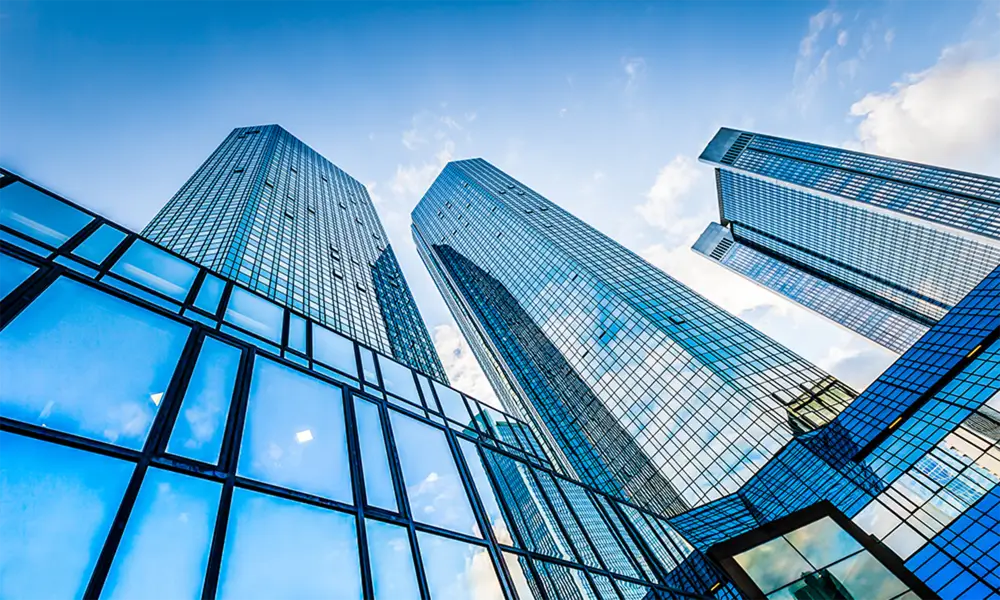

The Benefits of Low-E Toughened Glass
In the world of construction and architecture, glass plays a pivotal role not only in aesthetics but also in functionality. Among the various types of glass available, low-emissivity (Low-E) toughened glass has gained significant popularity due to its unique properties that enhance energy efficiency and safety. This article delves into the benefits of Low-E toughened glass and its application in modern building design.
The Benefits of Low-E Toughened Glass
Another significant advantage of Low-E toughened glass is its durability. Toughened glass, also known as tempered glass, undergoes a specialized heating process that increases its strength compared to standard glass. This makes it highly resistant to impact, thermal shock, and other forms of stress, making it a safe option for various applications, including windows, facades, and doors in residential and commercial buildings. By combining the strength of toughened glass with the energy-efficient properties of Low-E coatings, architects can create safer and more sustainable structures.

The increased safety provided by Low-E toughened glass is particularly beneficial in high-traffic areas or locations susceptible to extreme weather conditions. In the event of breakage, toughened glass shatters into small, blunt pieces rather than sharp shards, reducing the risk of injury. This characteristic, along with its energy-efficient qualities, makes Low-E toughened glass a preferred choice for schools, hospitals, and public buildings where safety is paramount.
In addition to its practical benefits, Low-E toughened glass allows for greater design flexibility. Architects and designers can use large expanses of glass to create bright, open spaces while minimizing energy costs associated with artificial lighting and heating. Furthermore, the aesthetic appeal of Low-E glass can enhance the visual comfort of a building, creating a welcoming environment for occupants.
Moreover, Low-E toughened glass can contribute to sustainability certifications, such as LEED (Leadership in Energy and Environmental Design). By reducing energy consumption and greenhouse gas emissions, buildings utilizing Low-E toughened glass can achieve higher scores in green building assessments, attracting environmentally conscious consumers and clients.
In conclusion, Low-E toughened glass represents a significant advancement in building materials, merging energy efficiency with safety and design flexibility. As the demand for sustainable and safe building solutions continues to grow, Low-E toughened glass will undoubtedly play an essential role in the future of architecture and construction. Its benefits not only enhance the performance of buildings but also ensure a more sustainable and safer environment for future generations.